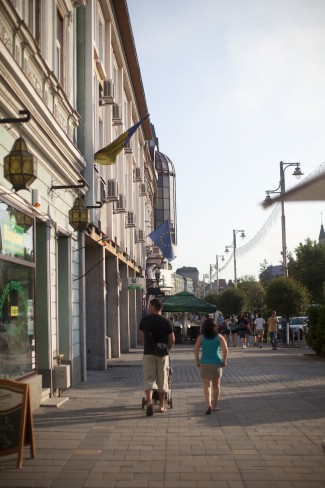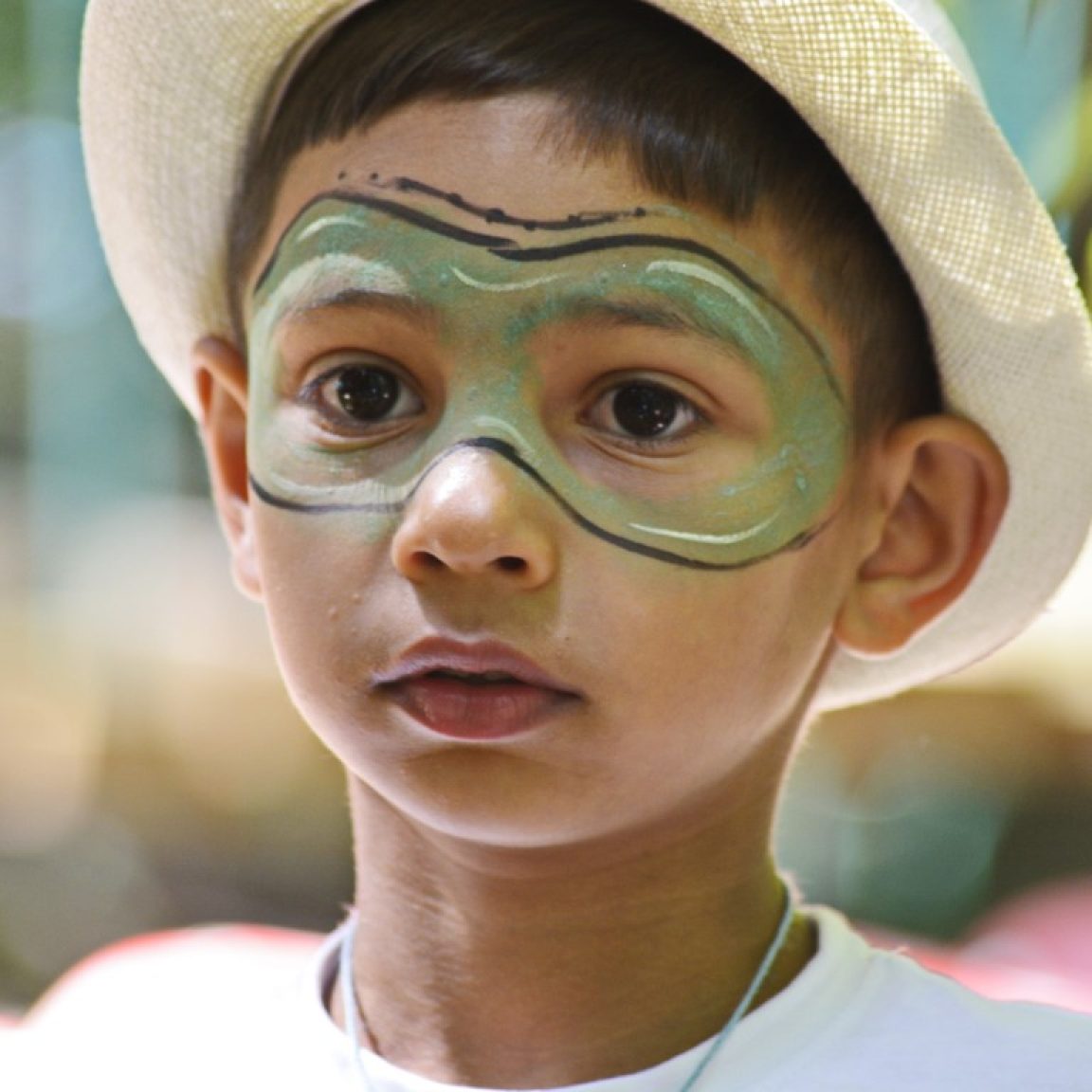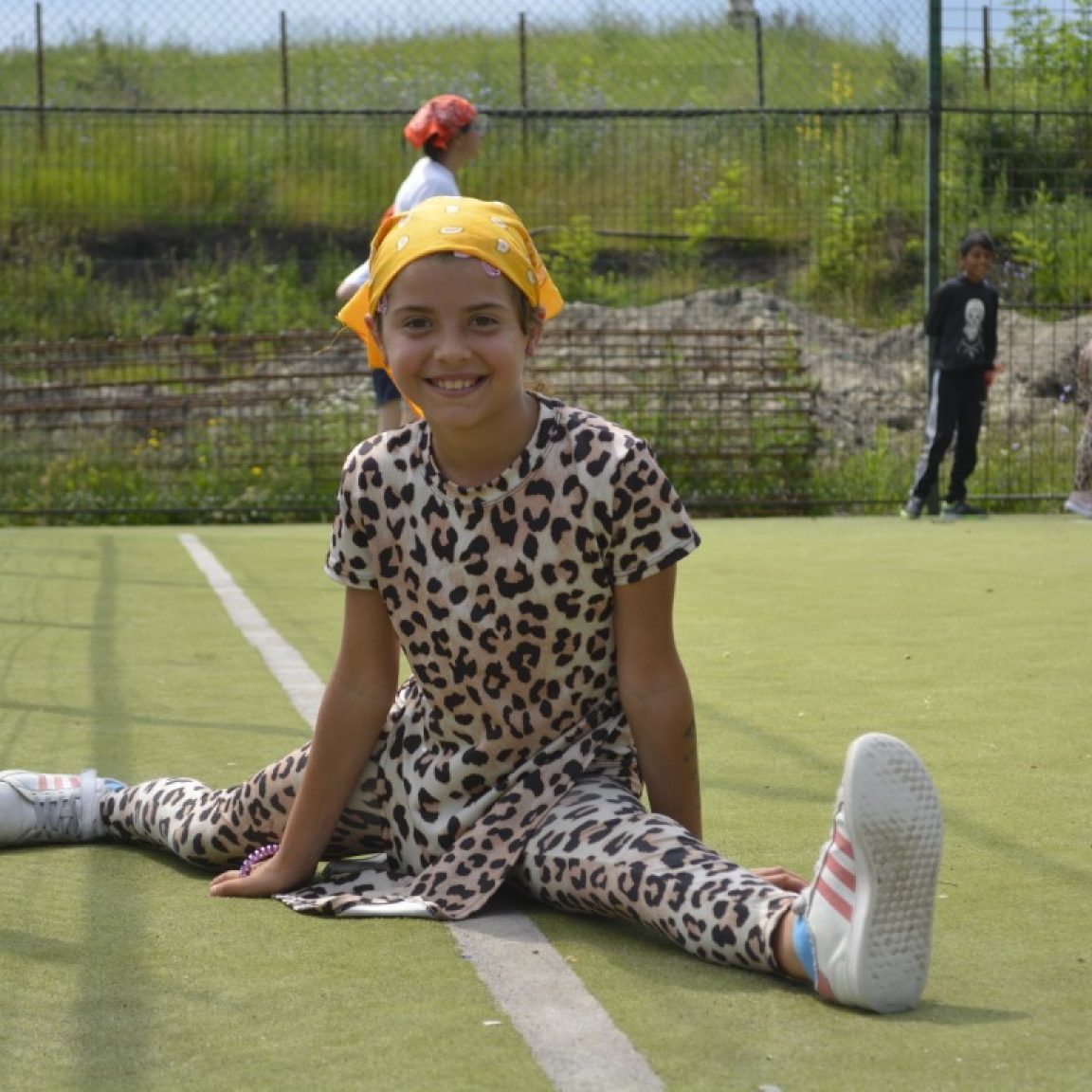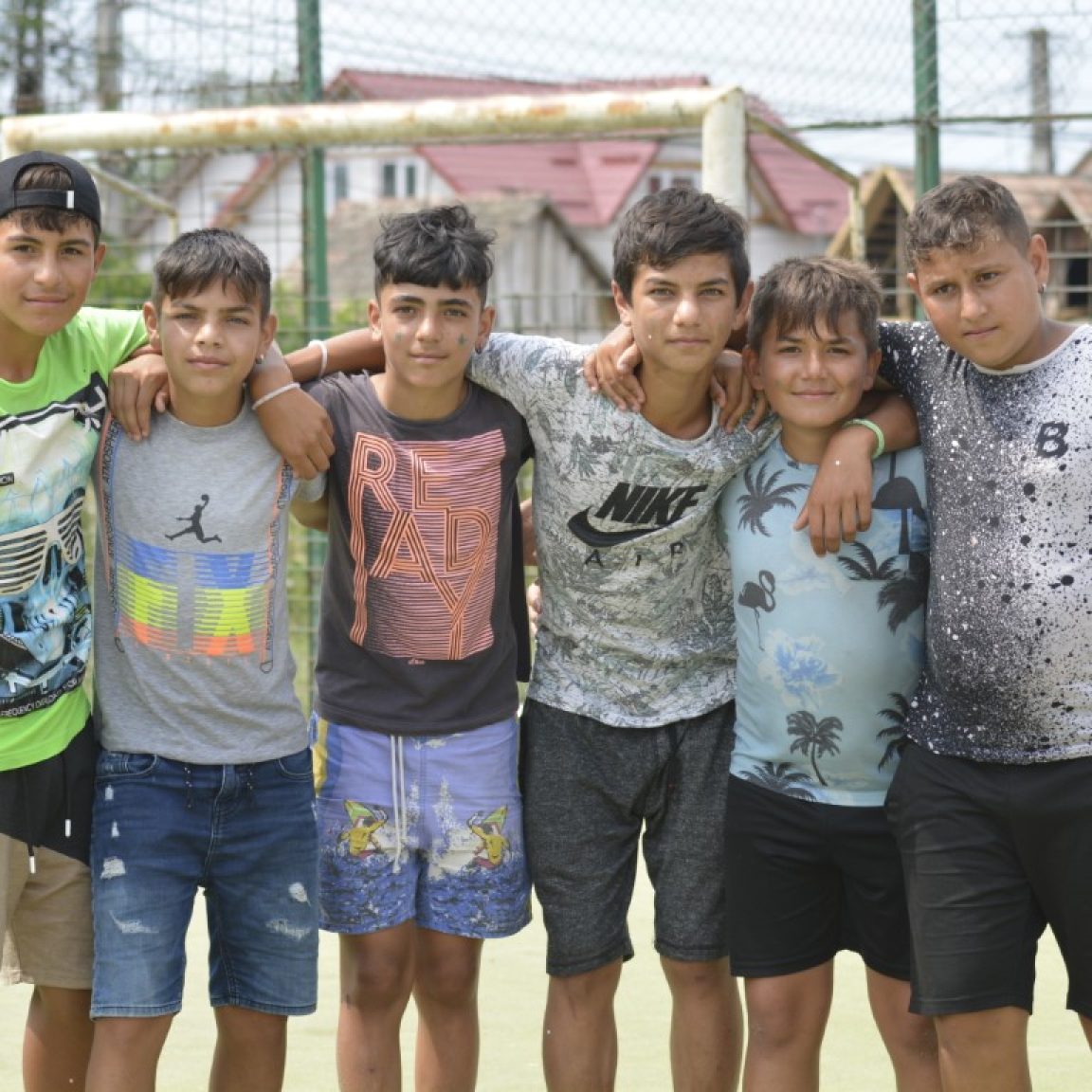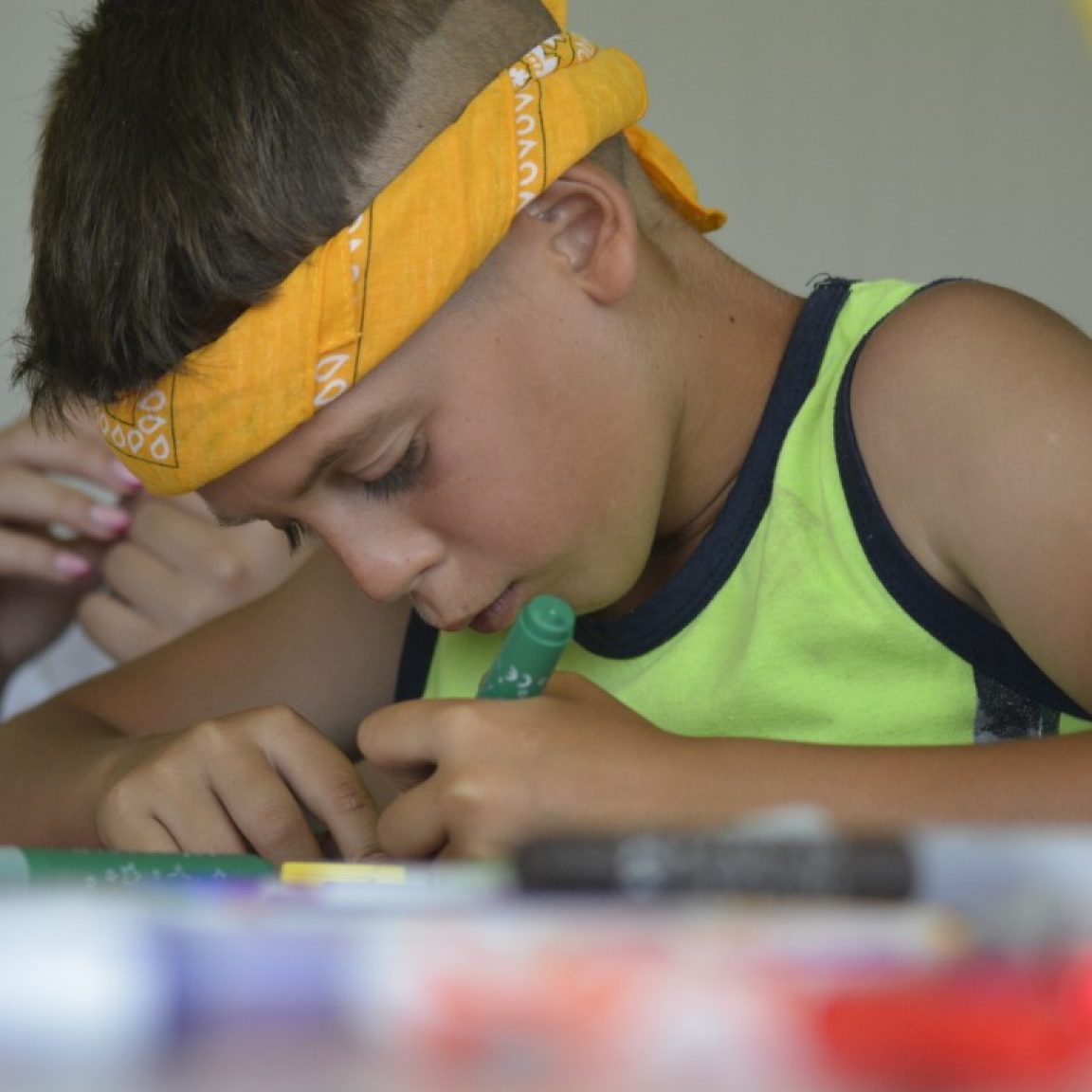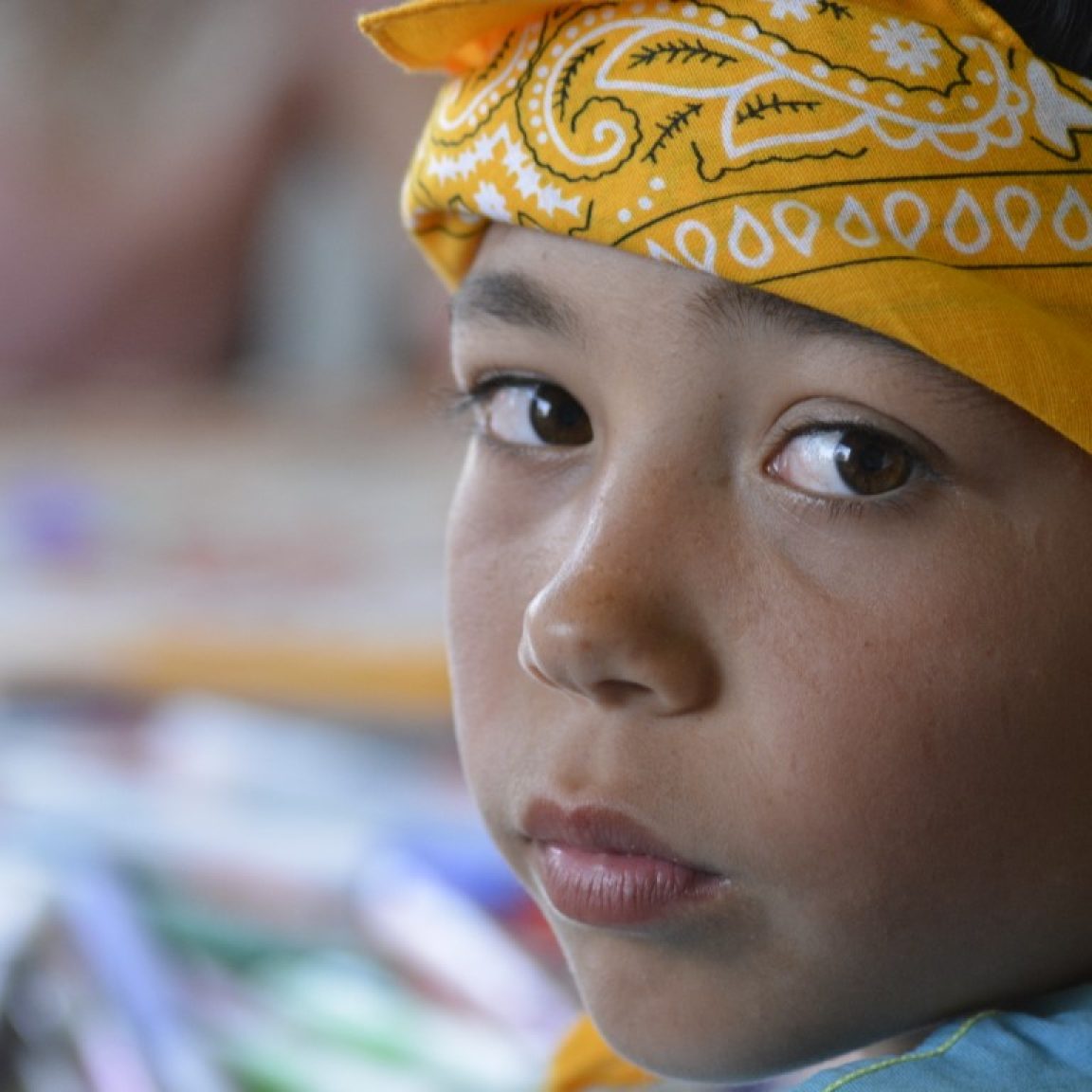Where We Serve
- Romania is located in Eastern Europe, and is approximately the same latitude as Minneapolis, Minnesota USA.
- The population of Romania is about 19,043,000.
- The government reports the ethnic make up of Romania to be 88.6% Romanian, 6.5% Hungarian, 3.2% Roma (Gypsy), 1.7% Other (non-governmental statistics reveal that the Roma (Gypsy) population is more likely around 9% of the population.)
- More than 10% of the population have left Romania over the past several decades.
- The majority of Hungarians are found in the Transylvanian region of the country, where Livada is located.
- Romania was admitted into the European Union in January of 2007.


Romania Past
Romania was once called the “Paris of the East” and was known as a “Latin island in the sea of Slavs.” It is best known for its rich soil, gymnastic stars like Nadia Comanici, and of course as the birthplace of Transylvanian legend “Dracula.”
This Eastern European nation suffered under communistic dictatorial rule from post WWll to 1989 under Nicolae Ceaucescu. During Ceaucescu’s regime, the Church was harshly persecuted. Poverty was rampant after the economic collapse in the 1980s. And following a visit to China and Korea, Ceaucescu believed that he should be publicly honored as their communist leaders were. Parades to honor him were held daily, and while the people suffered to survive via daily food and resource rations, he built an extravagant palace containing rooms made of solid gold for his own pleasure.
In December of 1989, a Revolution broke out in Romania and on Christmas day Ceaucescu was overthrown and assassinated. Following the Revolution, Romania struggled to become a democratic nation. Corruption continues to riddle all levels of society. Everything from taxation to child welfare policy is mired in old communist mindsets and indifference. Almost 10% of Romanians have left the country to attempt to find a better way of life since the Revolution of 1989.
Romania Present
Romania is a country in transition. It is not uncommon to see drastic combinations of the old and new. For example, you could see a new luxury SUV stopped beside a gypsy horse and cart, or you may see a pig being slaughtered on the roadside next to a billboard advertising a five star hotel. And do not be surprised to see a string of gypsy “salesmen” selling cloves of garlic next to a new German super store.
The larger cities are cleaning up and beginning to look very western. Although the economy has grown by leaps and bounds, the average Romanian continues to struggle with average monthly wages of less than $300 per month. Most of the villages seem to be lost in time and move at a slow pace with little change in recent years. At the same time, real estate values have skyrocketed since Romania became a candidate for EU membership and joined the EU in January 2007.
Child welfare abuses brought to light in the early 1990′s continue to draw media attention from around the world. While tragically the abandonment rate of children has not changed in 20 years per UNICEF studies. Many of these children are from Roma (gypsy) backgrounds. Romanian authorities have made some major improvements over the past five years, but they continue to struggle to provide genuine protection of vulnerable children in their society.
